
In this new series, GB Climbing Team member and Berghaus athlete Molly Thompson-Smith reports from IFSC events as she works towards qualification for Tokyo 2020. In her first diary entry, Molly reflects on a difficult start to the 2019 IFSC competition season.
After spending 2018 coming back from injury, I was beyond psyched for 2019 - a whole year of competition climbing. My winter looked a little different to usual; months of rehab and recovery, and the pressure for a strong comeback definitely took its toll on me, and I decided I needed to take some time to climb for me, without impending competitions or fitness deadlines.
My partner Jan and I structured our winter with several short sport climbing trips to Spain between intense training blocks. We'd train hard for ten days, and then go to Spain to climb some routes, go on long walks and generally recover from the training in a relaxed and quiet environment. It was a super nice way to stay motivated to push really hard in the training blocks, and having mini projects in Spain encouraged us to get in shape without any real disappointments if they didn't go in time!
Speed, lead and boulder will all be included in the Olympic games next year, and the athletes will have to compete in all 3 disciplines to achieve a precious spot there. This has been a huge change for many athletes, as specialism was the way most climbers competed in the past. For me, it meant trying speed climbing for the first time, and reintroducing myself to bouldering after two years of only lead climbing. This has been quite a challenge for me; as a light, endurance-focused athlete, I've had to work hard to build up the power and explosiveness required for the other two disciplines. Plyometrics have become a staple in my training week, and lots of 'play' sessions to work on the dynamic and coordination-focused style of competition bouldering. It was a challenge, and completely different to the type of training I'd been doing for the last couple of years. However, I got to the informal start of the season (the CWIF) feeling slightly more confident on this new style and in pretty good shape!
A few days after CWIF I felt a strange and sudden pain in my finger when warming up for an evening bouldering session. I was shocked, mainly because I really couldn't pinpoint any hold/move/thing that I'd done in the last few days (weeks even!) that would be the cause of this. Rupturing three pulleys had taught me to be cautious, so I was a little worried by this and spent the next few days easy climbing and resting. For the next few weeks I found myself in the vicious cycle many climbers are pulled into of resting a bit, feeling better again so starting to push it, but then going back to square one of feeling bad again... and repeat. I went round and round in this cycle, feeling the pressure of the season just around the corner. 2019 isn't just any old season; it's the season, and in hindsight this shouldn't have been a reason for me to just 'crack on', but with the opportunities possible qualification could provide it was hard not to see missing competitions as wasteful.
After a lot of consideration and hard conversations with people I trust, I decided I had to pull out of the first two World Cups and focus on getting my finger in a better position to compete. I spent the next 10 days with a goal of getting rid of the pain in my finger by the time China came around. After several days of only fingerboarding and then some short climbing sessions, it was time to fly. I was pretty happy with the progress I'd made in the time I had. I wasn't in shape, but I was able to climb almost pain free.
The China tour is always the toughest two rounds of the competition season, with jet lag, unfamiliar food, lack of training and a whole host of other challenges to threaten optimal performance. This mix of difficulties made the two rounds mentally challenging as well as physically, and on top of the this knowing I wasn't in the shape I wanted to be in was a hard pill to swallow being the competitor that I am.
The two qualification rounds were hot, hard and involved a total of over 6 hours waiting in an isolation area, all of which definitely impacted my performance. My fingers felt weak, and the style of the boulders I needed to climb relied heavily on finger strength. Being honest, it was a strange experience for me; I am a competitor, and of course excellence in performance is what I strive for every time I walk into the arena. However, I knew that I could not expect to perform at my best carrying an injury and having put my focus into that for the last month, rather than training.
Despite the results looking poor, there were actually several positives to take away from the trip: I had definitely made improvements in my slab and jumping skills, so the plyometric sessions I had added into my training were paying off. And secondly, I fell from the top of a lot of boulders and felt I would be capable of climbing them with healthy fingers, and with these tops I could've achieved semi final positions. But, there's a lot of 'coulds' and 'ifs' with statements like that.
It was generally a pretty disappointing trip to China, but that was almost to be expected. My focus now is on actually being healthy and able to train for the last Bouldering World Cup in Vail next month, and also for the upcoming lead season, which I'm beyond excited for!

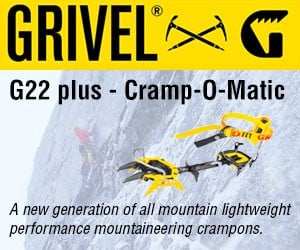









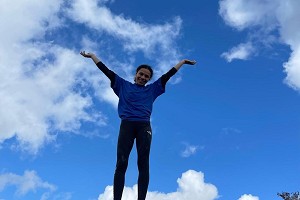
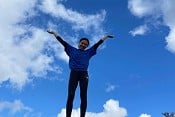
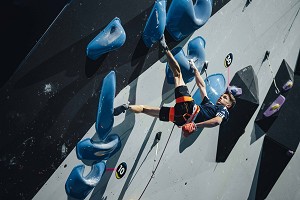
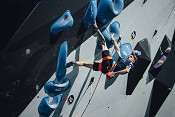
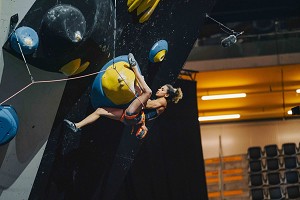
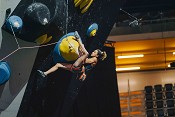
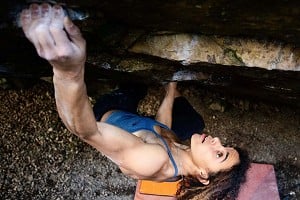
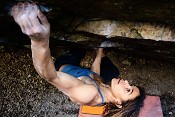
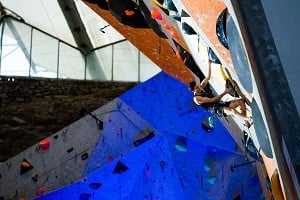
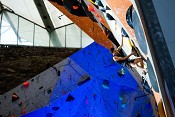
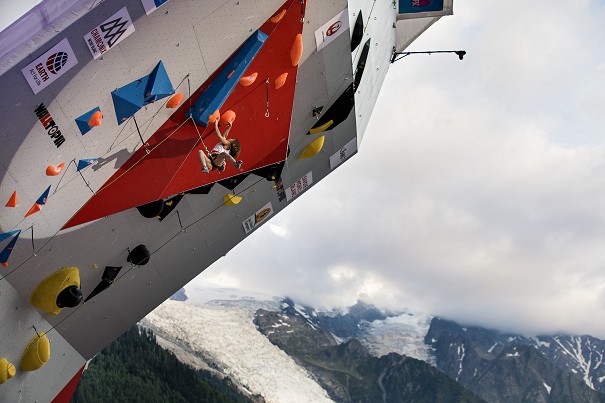
Comments